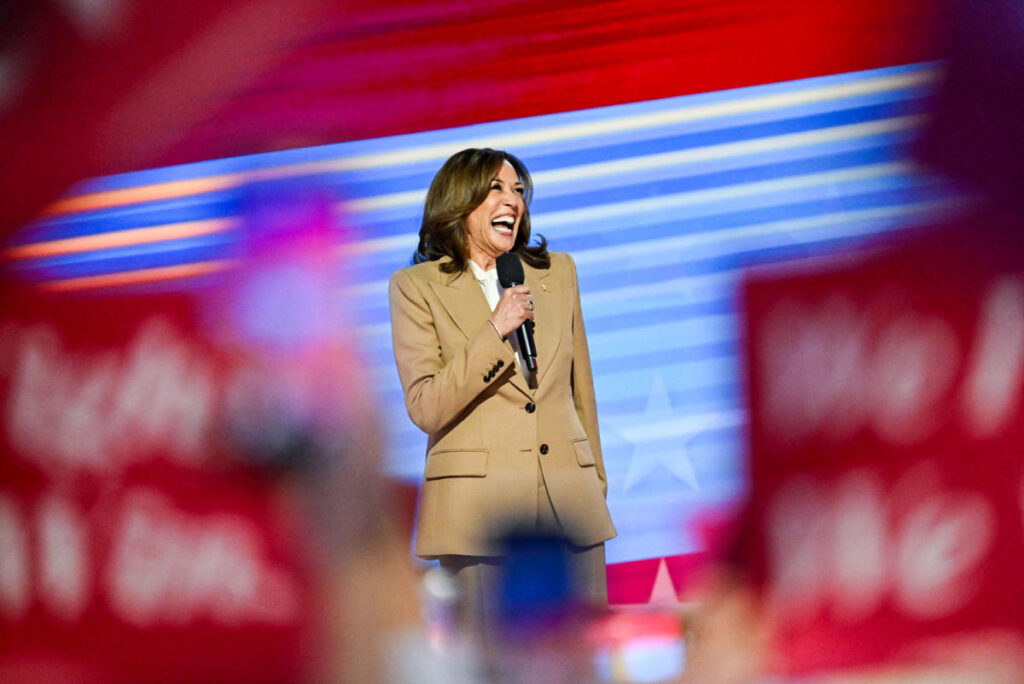In a significant political development, Vice President Kamala Harris has won Nebraska’s 2nd Congressional District, marking a noteworthy electoral victory for the Democrats in a traditionally Republican state. This district, which encompasses Omaha and its suburban locales, has a history of fluctuating between Democratic and Republican representation, making it a key battleground in presidential elections. The district was notably won by Barack Obama in 2008 and Joe Biden in 2020, while Mitt Romney and Donald Trump claimed victory in 2012 and 2016, respectively. Such oscillation highlights the district’s competitive nature, even as Nebraska generally maintains a strong Republican leaning.
Nebraska’s unique electoral dynamics arise from its system of allocating electoral votes, which is based on congressional districts rather than a winner-take-all mechanism like most other states. This structure allows for more nuanced representation of voter sentiment within the state. Recognizing the importance of the 2nd District in the overall electoral landscape, the Democratic Party invested substantial resources into the campaign for Harris. Their efforts included significant advertising expenditures aimed at winning over undecided voters, particularly those with conservative leanings who might be disaffected by Trump.
One strategic move by the Democrats stemmed from the formation of groups like Republican Voters Against Trump, which actively targeted the district’s conservative voters. The campaign’s messaging focused on testimonials from former Trump supporters who expressed their intention to vote for Harris instead. The billboards and advertisements featured statements like, “I’m a former Trump voter. I’m voting for Harris,” designed to resonate with constituents who were torn between their past allegiance to the Republican Party and the pressing need for change in leadership.
The efforts made by Harris’ team paid off as she managed to secure the electoral vote from this district. This win is particularly significant since, had Republicans succeeded in their campaign to alter Nebraska’s electoral vote allocation back to a winner-take-all system, Trump would have claimed all five of the state’s electoral votes instead of allowing for the division based on district outcomes. This demonstrates the ongoing tensions within the Republican Party, where factions continue to grapple for influence and control over electoral strategies and voter bases.
Despite Nebraska’s reputation as a solidly red state, the shifting dynamics within key districts like the 2nd Congressional District reflect broader national trends in voter attitudes, especially among suburban populations. Many of these voters showed a growing reluctance to support Trump in the face of controversies during his administration. The campaign strategies employed by Harris and her allies spoke directly to these sentiments, emphasizing a desire for unity and a return to traditional Republican values among disillusioned conservative voters as they sought an alternative in the Democratic ticket.
In sum, Vice President Kamala Harris’s win in Nebraska’s 2nd Congressional District is a pivotal moment that underscores the unpredictable nature of electoral politics in the United States. It illustrates the significance of targeted campaigning and the elasticity of voter loyalties, particularly in competitive districts that can sway electoral outcomes. As more voters, including former Republicans, demonstrated a willingness to reconsider their affiliations amid evolving political landscapes, it suggests that future elections may increasingly pivot on individual candidate appeal and tactical outreach to diverse voter segments. This victory not only adds an electoral vote to the Democrats’ total but also serves as a bellwether for the potential shifting dynamics in other historically Republican strongholds, raising questions about the long-term implications for both party strategies and voter engagement moving forward.

